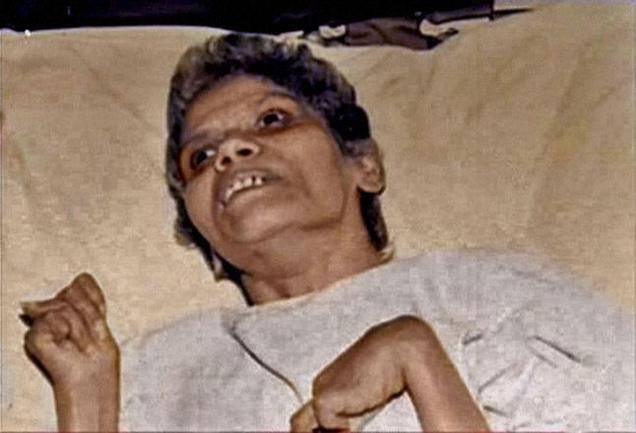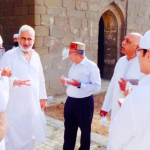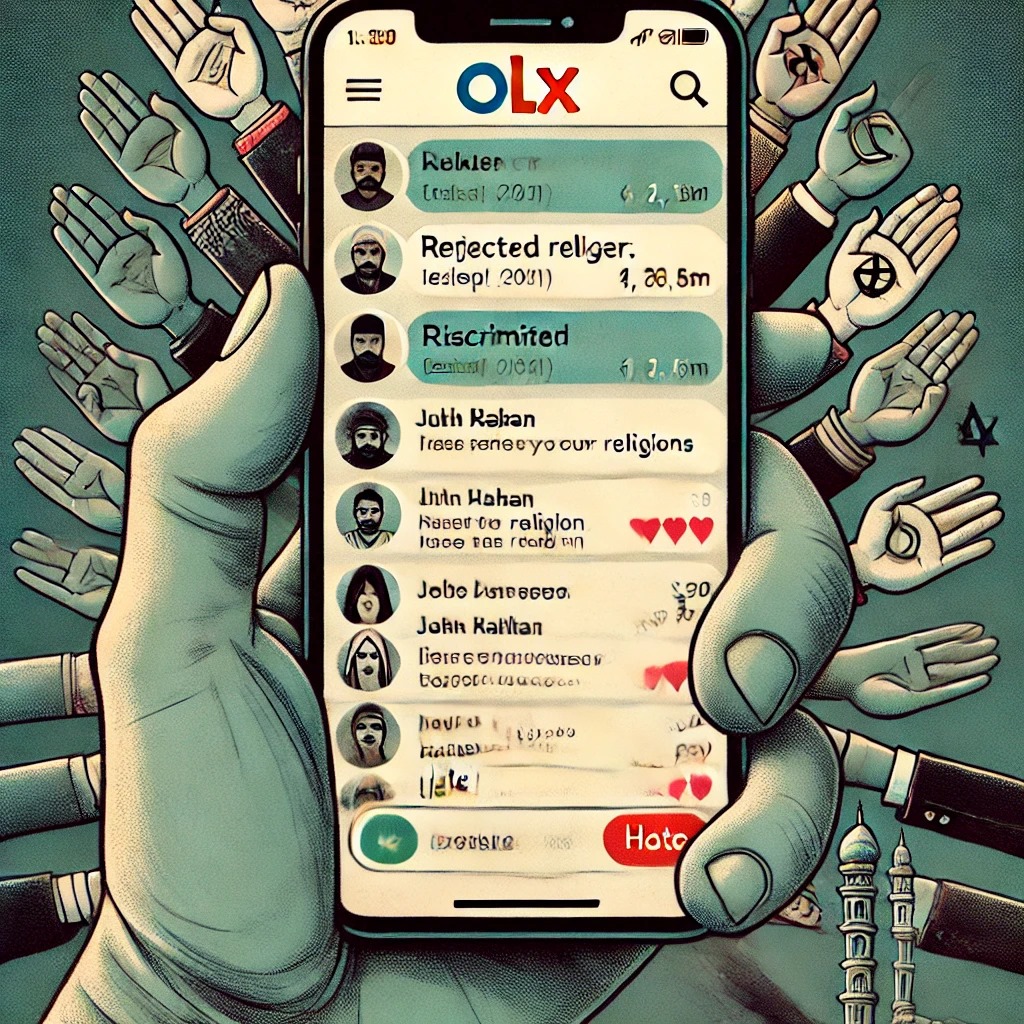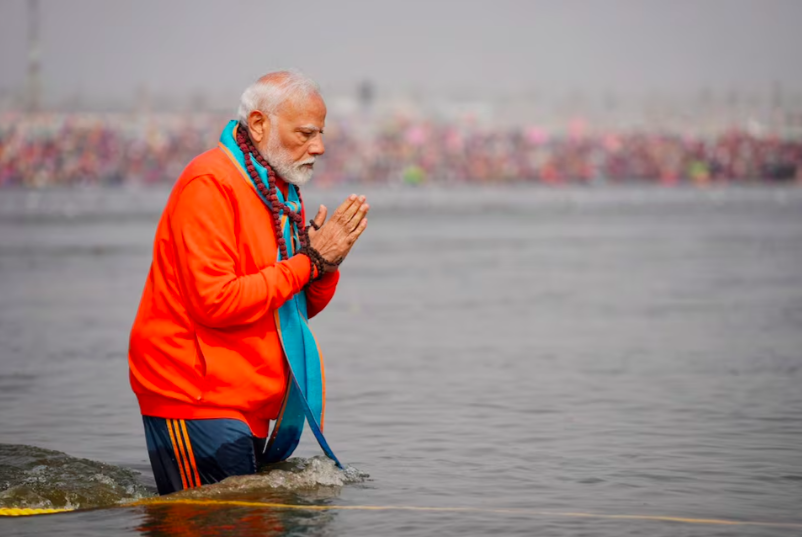Abdul Subhan for BeyondHeadlines
Baylor L Rev wrote in 1975: “We are in many ways a violent society, reacting violently to various forms of oppression, real or presumed, by official fiat or human prejudice. But a nation in which capital punishment even for major crime is increasingly rare would find it hard to justify the killing of its political or social rejects in the name of Euthanasia.”
The word Euthanasia means “good death” and has been derived from the Greek word Eu for good and Thanatos for death. However, in common usage, it is more usually employed to refer to the act of deliberately inducing the death of a patient who is in severe pain and distress as a result of a terminal or incurable illness. There are two distinctions in euthanasia — active euthanasia and passive euthanasia.

Active euthanasia implies a deliberate act to end the life of a terminally ill patient. However, passive euthanasia is the deliberate withholding or withdrawing off life prolonging medical treatment in respect of a terminal or incurable patient with the object of hastening the patient’s death.
Many scholars and rights activists argue for legislation in favour of euthanasia on the basis of moral and utilitarian objections and human rights. The moral objection states that it is against morality to leave someone in severe pain and do nothing for his/her relief and against fundamental right to “dignified life.” The human rights arguments state that leaving a patient in severe pain is directly challenging the fundamental right of individual i.e. the right to dignified life.
Exercising euthanasia in any respect is wrong. First, it is in contradiction with the moral basis and beliefs of all religions on the nature of its act. According to utilitarian principle, there is a balance of pain over pleasure. Active euthanasia would be justified if it could maximize benefits for all, regardless of whether the patient can or could give consent. Thus, the interests of the individual patient are subordinated to the interests of the majority.
The basis of active voluntary euthanasia is to relieve patients of their pain by killing them with their consent. But the subjective assessment by the patient of his/her own circumstances can be motivated by a fear of pain, suffering, dependency, undue influence or other causes.
Northern territory of Australia and the Netherland have legalized active voluntary euthanasia, and some countries like Sweden, Belgium and England have already shown signs of complacency towards the idea of active voluntary euthanasia. But there is some complexity in the idea of active voluntary euthanasia. Considering weak hold of India’s administration and judicial system in rural areas, the chances of prohibiting the misuse of euthanasia are very slim. Thus, legalising active voluntary euthanasia in India poses a major risk.
Moreover, the shortcomings of euthanasia or “mercy killing,” as it is called by utilitarians, are further exposed in a hypothetical situation where the patient wants to die and gives his/her consent for euthanasia, but the doctor knows that by taking some positive steps, the patient’s life can be saved.
The honourable Supreme Court rightly struck down the proposal of mercy killing for Aruna Shanbaug. But the passive euthanasia too leaves a lot on doctors’ discretion and hence impracticable.
Abdul Subhan is a final year law student at the Christ College, Bengaluru, and can be reached at abdulsubhan88@gmail.com
The views expressed in this article are the author’s own and do not necessarily reflect BH’s editorial policy.









